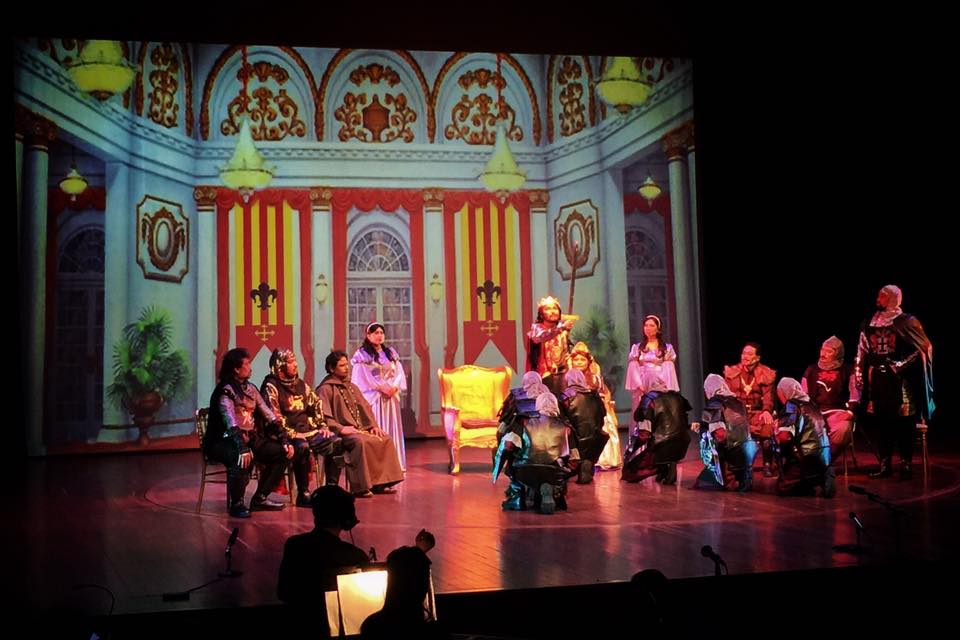Before the advent of the television or the sound movies, theatrical performances were the few forms of entertainment available to the masses. One of which was the Bangsawan. The Bangsawan (Malay Opera) troupes consisted of professional Malay actors. The origins of the Bangsawan probably originated from the western plays. A small orchestra consisting of the violin, the accordion and local Malay percussion instruments such as the kompang, would normally accompany the stage-acts. Comedy and tragedy were the common genres. Stories which imbed morals were often told through these plays. While the plays were in Malay, the stories were adapted from legends and folklore from diverse origins such as Chinese, European, Hindi, Arabian and Malay. The classical Malay language was normally used. This would be a higher form of Malay that was used by the Malay Royal Courts, which was archaic.

The bangsawan theatre is quite similar to western opera or drama, where the stories are presented through acting and singing, and certain characters are played during performance. The stories are drawn from diverse sources, such as local Malay, Indonesian, Indian, Arabic, Chinese and Western sources. Music, dance and costumes are used depending on the story being told. The performance is accompanied by music consists of gendang, rebana, drum and violin, playing Malay music and chanting dendang or Malay songs.

Over at Frankel Estate’s Opera Estate, streets were not only named after European Operas like Tosca, Aida or Figaro. Jalan Bangsawan, Jalan Khairuddin and Jalan Bintang Tiga of the Malay Opera world could also be found.

According to wikipedia.













